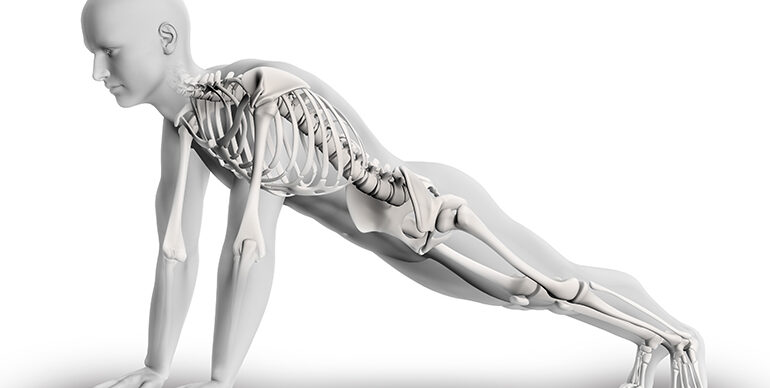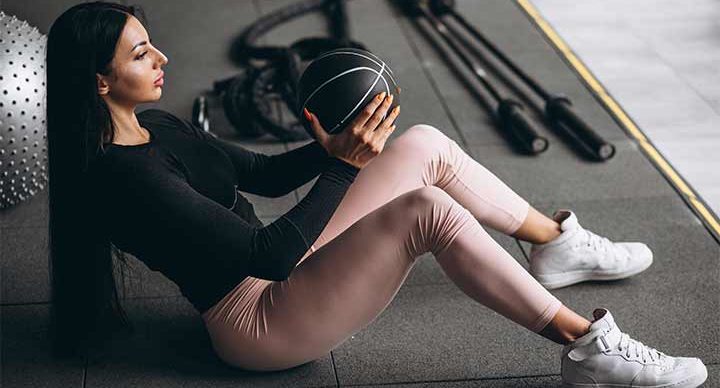
According to conventional wisdom, you listen to experts in physical training who will give you a magic formula for every goal that you have. Want bigger muscles? Do A,B,C. Want Strength? Then mix up X, Y & Z. Fat loss? Come on, everyone knows that the secret is E, F, G and of course M (lots of M)! I will agree that conventional wisdom is conventional for a reason. Some training parameters are actually very useful than others for specific goals. Some personal trainers and strength coaches may have tasted success with methodologies that other trainers would never touch with a bargepole. Some of our clients will do the exact opposite of what their personal trainers will recommend them to reach a goal but it works anyway because of either hard work or genetics or some secret sauce that some of us have not yet discovered! Never mind that sometimes that secret sauce come in the form of injections!
Recommendations from trainers are fine but recommendations should have legs – it should not just be pulled out of thin air! Amongst personal trainers in India, two variables seem to fuel the most amount of disagreement and dispute – VOLUME and INTENSITY. According to us, you cannot be an effective personal trainer, coach or athlete unless you understand what they are and how it’s use or abuse can set up a client for success or failure.
VOLUME METHOD
I define Volume as the load lifted multiplied by the number of repetitions. So if you do a set of five bench press reps with 100 kgs, the volume for that set would be 500 kgs. if you did 4 sets with that weight and similar reps, your volume would be 100 x 20 which is 2,000 kgs.
Intensity can be defined as the percentage of your one-rep max – which is the maximum amount of weight that you can lift on any given exercise. So whenever you see the word ‘1RM’ you can understand it as One Rep Max. No matter what your fitness and training objectives and goals, you have to figure out the optimum balance between volume and intensity. You cannot separate the two no matter what someone says or what someone has written or spoken. Practical example: Lets say your previous program calls for four sets of five reps of an exercise but fails to mention intensity. What is apparent is that you will get a very different effect using 80 % of your 1 RM than you would using 65 % of your 1 RM. Either ways, both prescriptions are equally useful, but your training goal determines which approach is the best.
For each goal, there are minimum and maximum volumes. That is to say that most lifters will get the results that they want if they do a volume of work somewhere in between the maximum and the minimum. If they do less, they will generally underachieve their goals because they are not giving their muscles enough stimulation. And if they do more, then overtraining will occur – too much work and not enough recovery. The Volume Method of bodybuilding states that there is a key volume range for each goal and each phase of training. Those who are genetically gifted or steroid-assisted can of course get away by exceeding this range but most natural bodybuilders do their best in the ranges suggested.
Let us now look at how the Volume method applies to the training goal of Increasing Muscle Mass.
Increasing Muscle Mass
Some people just want to get big and dont give a damn about how string they are. And sometimes, some people want to get strong but realise that they need bigger muscles to do the task. This is so because the larger number of contractile proteins (tiny bits of muscle tissue that makes the fibers move) will let the muscles generate greater force. Most people will say that to get big, every system works – High Volume, Low Volume and everything in between. Some people will perform one set to failure for any exercise. If that set consists of 12 reps, then their set-rep volume for that exercise is 12. On the other extreme are guys who will do 10 sets of 10 reps of a single exercise.
In the first case of one all-out set of 12 reps, you are using between 6- – 75 % of your 1 RM. You can certainly build muscles working out at that intensity but then you will need to do a lot more than 12 reps to cut it. In the second case, the most you will be able to use for your 100 reps is about 60 % of your 1 RM. That means you are not using the remaining 40 % of your 1 RM which means that you are not using your body’s biggest and highest threshold muscle fibers. You are working your smaller fibres and while they do have growth potential it is nothing like the growth you will get when you throw the big boys in the cauldron!
Think of it like a game of cricket. Lets say you are a cricket coach with a mix of strong players and others who are quicker with their reflexes and make better fielders. You need the big hitters to score runs while you need the nimbler sprinters to field runs and score catches. Both types are match winners. Similarly you need to employ all your muscle fibers if you want to get big.
Our Solution:
The trick here is to match volume and intensity at the extremes. If you are using weights that average out to about 80 % of your 1 RM and you are doing sets of four to six reps, you will get best results at the low end in terms of volume – say around six sets of six reps. On the other hand with lighter weights where you are averaging about 70 % of 1 RM with sets of 8 – 12 reps, you may want to go upto 50 reps per exercise.
Doing more work with heavy weights will harm your ability to recover between workouts while doing less volumes with lighter weights will leave your muscles understimulated. Wrt. Rest, with higher volumes and lower intensity you need less rest between sets and you can thus do more workouts. The opposite is true for lower volume and heavier weights. More rest between sets and fewer workouts per week.
Follow our method for the next couple of months and then see the results for yourself!
Do not miss a single article!
Submit your email id to get new articles directly into your email inbox!
- Zumba Dance Fitness at Byjus - February 25, 2020
- History of Corporate Wellness Programs - February 18, 2020
- Yoga at a Conference - December 11, 2019




Add Review